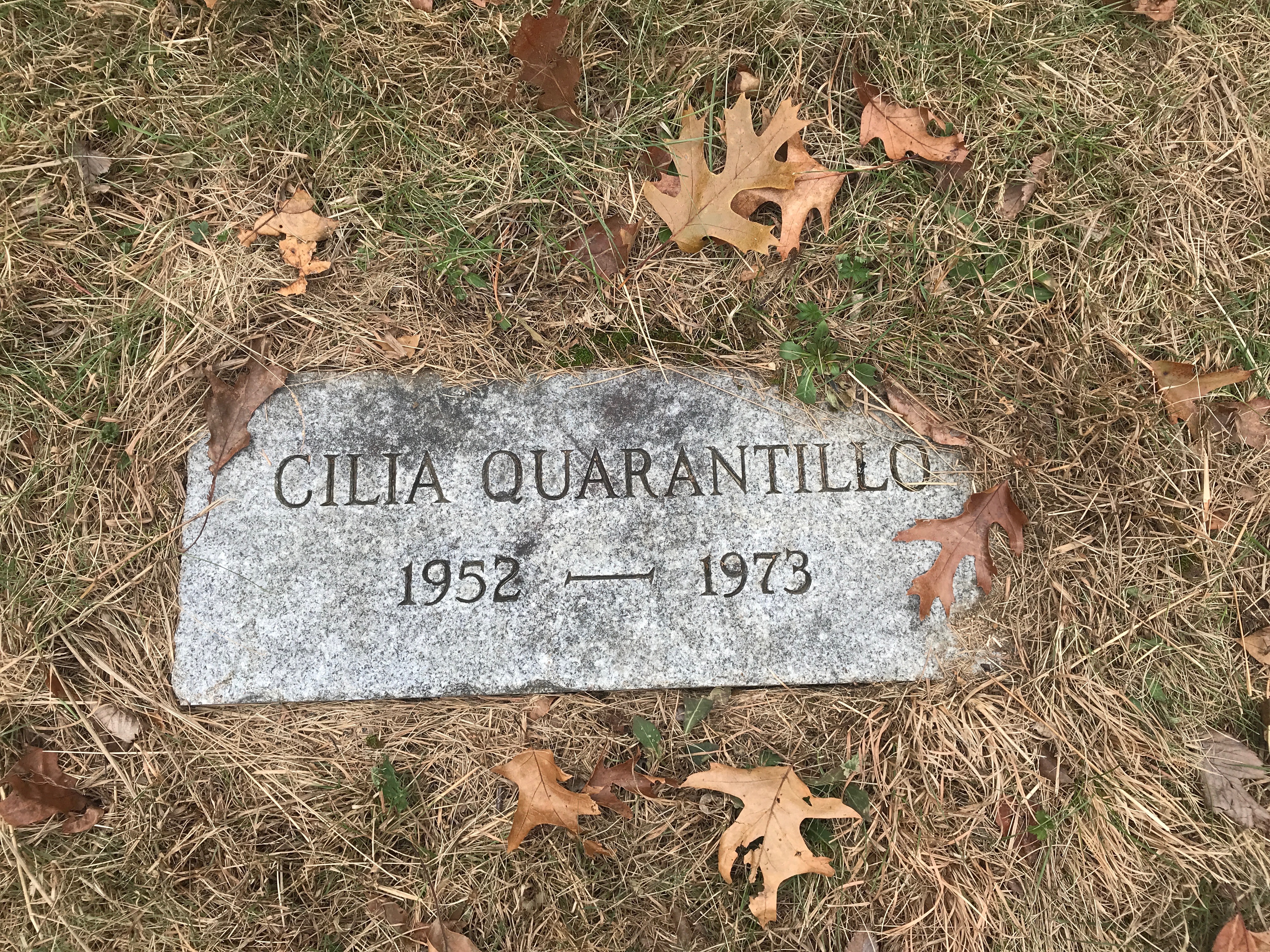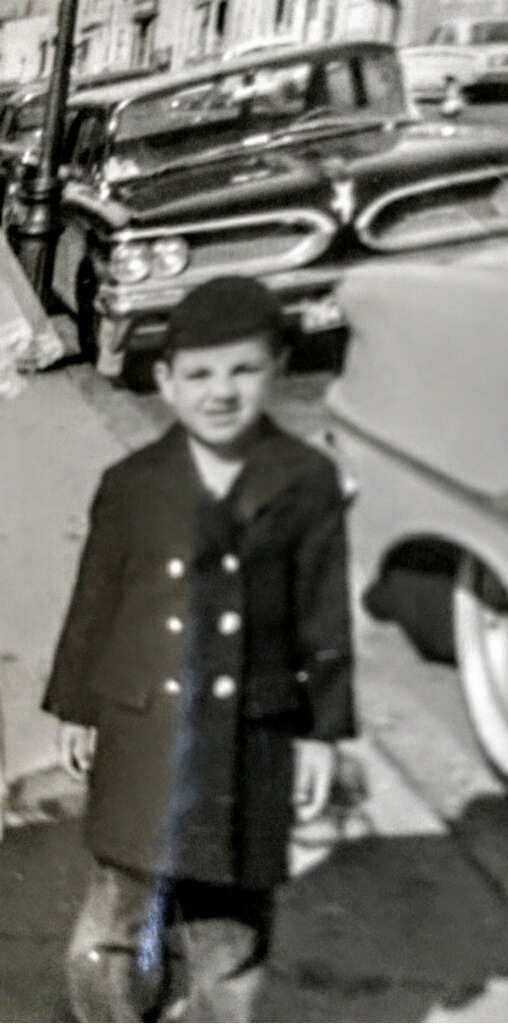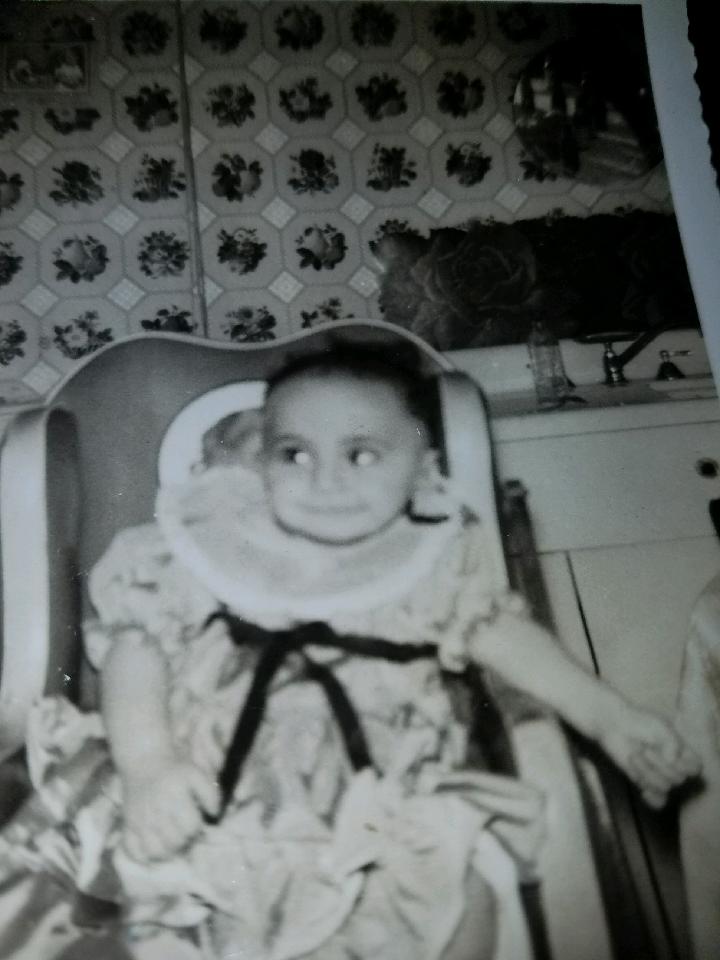It was a bleak morning in January of 1973 when a small group of people carried Cecilia Quarantiello’s wooden casket down a muddy trail in the woods of Waltham. Gray clouds rumbled above, releasing torrents of water as the wind whipped through the trees and mud squelched beneath shoes. Cecilia, otherwise known as Celia, spent her entire life in the Walter E. Fernald Developmental Center, the oldest state-run institution in the United States for the intellectually and developmentally disabled. She suffered from scoliosis and hemiplegia, a type of cerebral palsy that affects muscle movement and paralyzes one half of the body. She spent almost two decades confined to a crib before she passed away at the age of 20. She never grew to be larger than a small child in size. “It was awful. It was a really bad day,” remembers Cathy Quarantiello, Celia’s younger sister, with sadness. The 65-year-old, who was 18 at the time of Celia’s passing, vividly remembers the day her sister was buried. “It was terrible. She got a raw deal.” Celia was laid to rest in the MetFern Cemetery, a burial ground shared by the Fernald School and the Metropolitan State Hospital, an adjacent mental institution. Between 1947 and 1979, they buried 298 of their patients in a wooded lot less than an acre square under unnamed graves marked only by a letter (“C” or “P” for Catholic or Protestant) and a number. Over time, these grave markers have sunken into the ground and deteriorated from the elements. Celia, marked as Catholic and death number 152, is one of only three other patients whose higher quality stones exhibit a name, birth and death date. However, the grass in the cemetery grows over her gravestone and her name is misspelled. It reads “Cilia Quarantillo.”
“It really just got under my skin that there was a cousin of mine who had grown up in this place for 20 years, and they never corrected her gravestone,” says Doreen Quarantiello, Celia’s cousin. The 64-year-old California native, who had grown up hearing stories about a cousin who was hospitalized for a physical disability, only really found out the truth about Celia in 2016. “I really want to make it right, and I really wish she had a better headstone.” Celia was born in 1952 in Chelsea, Massachusetts, to Maria Katherine Pace and Joseph William Quarantiello. Her mother had immigrated from Calabria, Italy, to Boston in 1946 at the age of 18. Celia’s disabilities were a result of Maria being beaten and abused by her husband while pregnant, according to Cathy. Unable to care for her daughter’s disabilities, Maria placed her in the Fernald School, a state-run and funded institution, at the age of 2. While Celia was there, her mother had two other children: Cathy in 1954 and Joseph Jr., fondly referred to as Joe or Joey, in 1957. Her husband left the family shortly after Joe’s birth. Maria visited Celia every Sunday and brought along Cathy and Joe once they were old enough. Even though the institution had a rule forbidding children under the age 12 from entering the institution, there were no staff members to enforce it and so Celia’s siblings started visiting her at a younger age.
The grounds of the Fernald School were beautiful and well curated at the time. The entrance to the institution was framed by rows upon rows of vegetable gardens. Adjacent to Celia’s building was a park with a cheerful swing set where Joe and Cathy would play while their mother visited their sister. Although Celia’s siblings were eager to see her, the conditions within the institution unsettled them. Celia was housed on the second floor of a large brick building in a room filled with more than 30 other patients. “When you walked in, it always smelled. Always. It was terrible. It was the type of smell of mildew and dirt and you could tell it wasn’t clean,” remembers Joseph William Quarantiello, 62, Celia’s younger brother by five years. “You would look down and the floors were always dirty...there would be things thrown into corners, like dirty blankets.” A mustard-yellow hallway led visitors to the large room where Celia was kept in a white crib. Lined up against the walls were dozens of open cots where patients of all ages who suffered from various afflictions were kept and mostly neglected, remembers Joe. Oftentimes, young children were left unsupervised, free to roam the floor and draw on walls with crayons. There was hardly any staff around to care for them. “To be honest, I didn’t want to stay too long. I was just a kid, the place was very depressing. It was almost like an orphanage,” says Joe from his home in Saint Claire’s, Ohio. “It wasn't like a hospital where you actually had people taking care of [the patients], you hardly ever saw anybody. It was awful.”
In the nearly 20 years she was interned at the Fernald School, Celia remained in the same room, the same spot and in the same crib. She wore diapers and ate baby food until her passing. Sometimes she went days without having her diaper changed, and her mother would have to track down a nurse or clean her herself. Nonetheless, there were happy times. Celia, with her dark curly hair and dark eyes, was a happy child. She smiled and she laughed. Her family spent their time talking to her, showing her pictures and reading her books. On the days that it was warm and sunny, they brought her outside for fresh air and to play jacks. Because of her bodily paralysis, Celia would have to be tied to a wheelchair for these outings. “As soon as me and my mother would walk in she would pound her heart and smile. She would pound her heart and laugh. She had a big laugh,” remembers Cathy from her home in Salem.
Although Celia could not speak nor walk, her siblings believe that she loved her family and looked forward to their visitations. “I remember I was talking to her, to just let her know I was there, and I put my hand down and she grabbed my pinky finger and she held [on],” recalls Joe, who was around 12-years-old at the time and Celia, 17. “That was something I'll never forget. At the time it made me feel good, but now that I think about it, it makes me sad that she never got to live her life.” Once the Sunday visitations were over however, Celia wasn’t talked about in the family. There were no discussions about the conditions she lived in, and Joe and Cathy were not allowed to tell their friends and neighbors about their sister and their weekly visits. “My mother was old school. She felt shame, that no one should know your business. She felt ashamed, I think, because she let the idiot [her husband] into her life,” says Cathy, who believes her mother blamed herself for Celia's disabilities.
Celia’s father, Joseph Quarantiello, was Doreen’s uncle. Growing up, she had heard rumors of a cousin in Boston who was hospitalized for supposedly having hydrocephalus, a build-up of water in the brain. It was only in 2016 when she uncovered the truth. For years, Doreen had been using Ancestry.com in efforts to locate her grandmother’s side of the family in Italy. Her grandmother, Celia Quarantiello, had been born in 1892 in a small town called Airola, located an hour north of Naples. During her research, Doreen kept coming across someone with her grandmother’s same name who was born in 1952. Though she initially passed it off as a clerical error, she decided to investigate. The other Celia had lived in Waltham and had spent her life in a state institution for people with disabilities. That’s when it clicked –– this Celia was the cousin she had heard about. Through research and obtaining death certificates, Doreen not only discovered that Celia’s conditions were actually far more serious than she had originally thought, but that they had come about because of Doreen’s uncle. “It was horrible to find this out... I never knew anything about her, I didn’t even know her name,” says Doreen from her home in Murrieta, California. “I didn’t even know she lived her whole life in an institution.”
Post from RICOH THETA. - Spherical Image - RICOH THETA
Clik and drag your mouse around on the image for a full 360-degree view of the Fernald campus.
Doreen believes she was told about the hydrocephalus because it was an easier explanation for the reality. After this discovery, Doreen got into contact with Joe and Cathy to learn more about her cousin from their memories. Celia’s siblings weren’t the only family members who accompanied their mother to the Fernald School every Sunday. Her uncle, Maria’s brother, occasionally drove them out to Waltham when the family was living in East Boston and did not have a car. Then in 1964, Maria married a man named Carl Jones, who adopted Cathy and Joe. He tried to adopt Celia as well, but she was required to be present in court –– this is why she remained a Quarantiello. The family moved to Peabody in 1967, and Carl took over as designated driver. He accompanied the family to visit Celia on Sundays and was also present at her funeral, alongside Maria and Cathy. Joe, only 15, was made to stay behind to take care of his younger step-brother and sister.
After Celia’s death, Maria refused to talk about her daughter, even when Doreen reached out for information in recent years. She wanted the past to stay in the past, says Cathy. Maria died in 2017 at the age of 88 and Carl passed away a year later, in 2018, after 53 years of marriage. The last time the family saw Celia, she was sick with what a nurse said was pneumonia. Their weekly Sunday visit was cut short so Celia could rest. As they were leaving the building, Cathy remembers her mother turning toward her and saying “she doesn’t look good, I don’t think she’s going to make it.” Five days later, on Jan. 19, 1973, Celia passed away at the age of 20. According to Joe, she looked 3-years-old. Her death certificate determined that she suffered from bronchopneumonia with septic shock, a wide-spread infection that causes organ failure and extremely low blood pressure. Celia was buried in the MetFern Cemetery on Jan. 24. Due to her size, her small, wooden casket was carried instead of driven to the cemetery. “They basically just dug a grave and put her in. I was bitter,” says Cathy. It has been 47 years since Celia’s passing, but her siblings still remember her with love. Joe, who has never visited MetFern Cemetery, is making plans to come to Boston to visit Celia’s grave within the next year. There are days where Joe and Cathy will call each other and share their memories of her and of the institution. While these memories are tinged with sadness, Joe and Cathy are buoyed by their love for their sister and comforted by the fact that they were able to provide her with a measure of happiness during her short life. “It would have been worse for her if she could walk and talk. This way she was just lying in the bed,” says Cathy. “She was happy as far as the hand she was dealt.”





